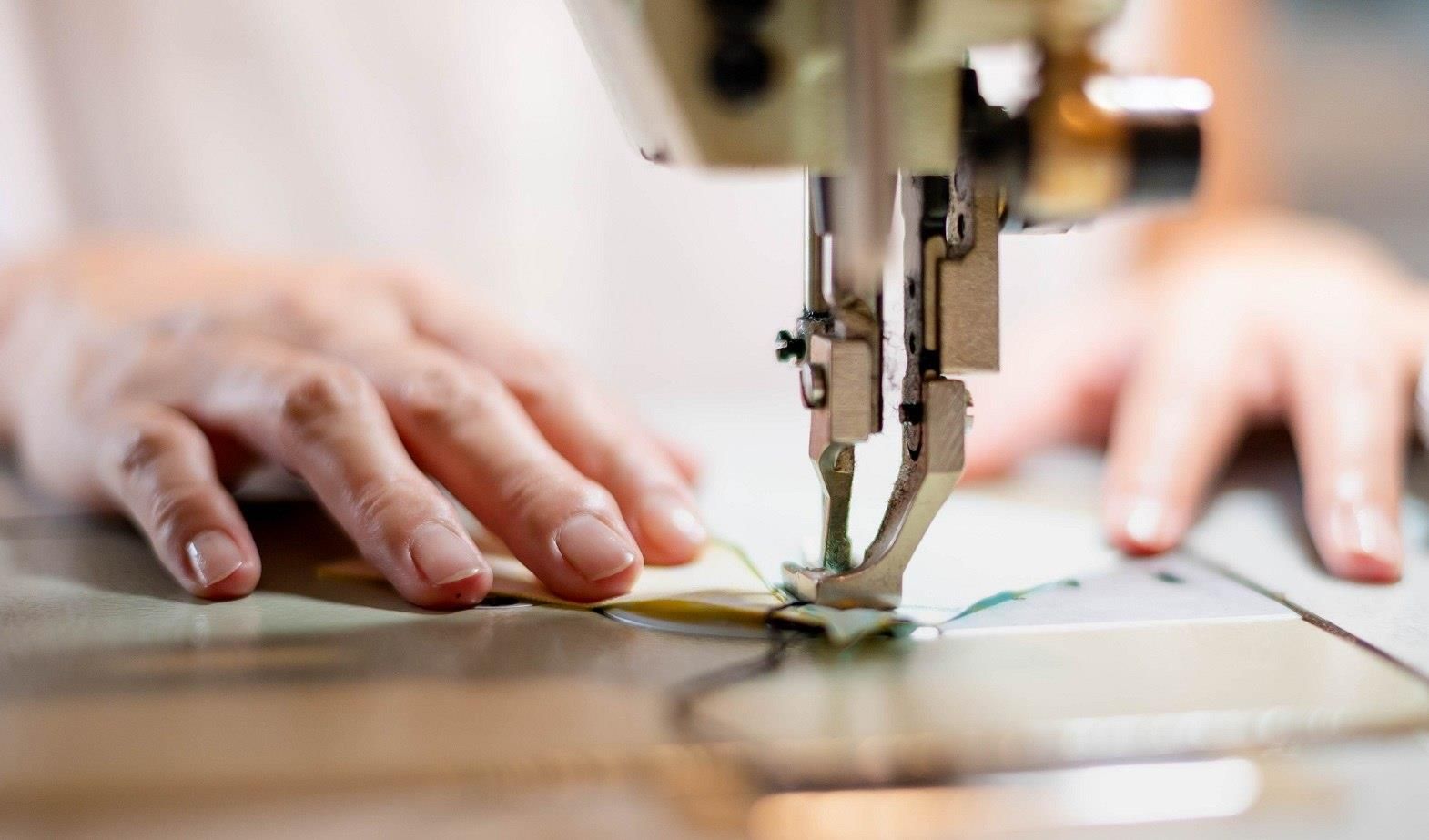Introduction
When writing garment specifications, you should not neglect specifying the proper number of stitches per inch that should be used in your sewn products. Why?Because the number of stitches per inch can have a direct influence on the following:
An estimated seam strength formula was developed years ago for woven seams whereon piece of fabric is placed on top of another with a specific seam margin and stitched with either a 301 lock stitch or 401 chain stitches.
Formula for Estimating Seam Strength on Woven Fabrics
- 301 Lockstitch - Estimated Seam Strength
=SPI X Thread Strength (lbs.) X 1.5*
*1.5 is a factor based on the average loop strength ratio of most sewingthreads.
=10 SPI X 4.0 lbs. X 1.5 = 60 lb. strength
- 401 Chain stitch Estimated Seam Strength
=SPI X Thread Strength (lbs.) X 1.7 *
*This factor is higher than a lockstitch because almost twice as much thread is consumed per inch of seam using a chain stitch.
=10 SPI X 4.0 lbs. X 1.7 = 68 lb. strength
Given:
- 301 Lockstitch Superimposed Seam
- Thread Used Top & Bottom = T-24 Perma Core Strength: 2.6 lbs.
Given:
- 301 Lockstitch Superimposed Seam
- Thread Used Top & Bottom = T-27 Spun Poly Strength: 2.2 lbs.
Some manufacturers substitute a smaller bobbin thread when sewing lockstitch seams to minimize the number of times it takes the sewing operator to change the bobbin. Remember, however, that the resulting seam strength will be much less and will be determined by the strength of the bobbin thread and not the needle thread.
How to Measure the stitch length or stitches per inch?
The stitch length is measured by measuring the number of lengths of thread found within Two inch. Stitch counters are available from A&E that makes this measurement easier; however, you can place a ruler next to the seam and perform the same task.
SPI is measured by counting the number of lengths of thread found within Two inch. As you can see here, there are approximately 10 SPI sewn in this seam
SPI Recommendations for Wovens & Knits
Woven Garments
When setting standards for stitches per inch, you should always keep in mind that more stitches per inch used in a seam requires longer sewing cycles to complete the seam. Longer sewing cycles translates in to higher labor costs and lower production levels. Sewing machine sewing at 5,000 SPM (stitches per minute) at 8 SPI will sew 17.4 yards of seam per minute. Sewing machine sewing at 5,000 SPM at 14 SPI will sew 9.9 yards of seam per minute.
More stitches per inch will also consume for thread per inch of seam. This will contribute to higher seam strength and more elastic seams, but will also increase the consumption of thread required to sew the garment.
Therefore, the recommendations listed above are common stitch levels that provide adequate seam strength but also take into consideration the factors just mentioned.
When sewing knit fabrics, you should always check for excessive "seam grinning" of the seam; and also check for "stitch cracking". "Seam grinning" occurs when thread stitch balance is too loose allowing the seam to open up too much when stress is applied to it. "Stitch cracking" is checked by applying pressure on the seam in the stitching direction. If the thread tensions are too tight or if you are not using enough stitches per inch, the threads will rupture as stress is applied on the seam. Therefore, the following recommendations have been made for the number of stitches per inch to be used on the following garments.
Knit Garments
Conclusion:
From the comments and information listed above, you can see how important adding specifications for Stitches per Inch to your garment specification instructions. Using the correct number of stitches per inch can greatly enhance the strength, appearance and performance of the seam for a given fabric type and application.
References:
- Overview of fashion brand - By Prasad Kulkarni
This article was originally published in Textile learner blog run by Mazharul Islam Kiron.








Comments